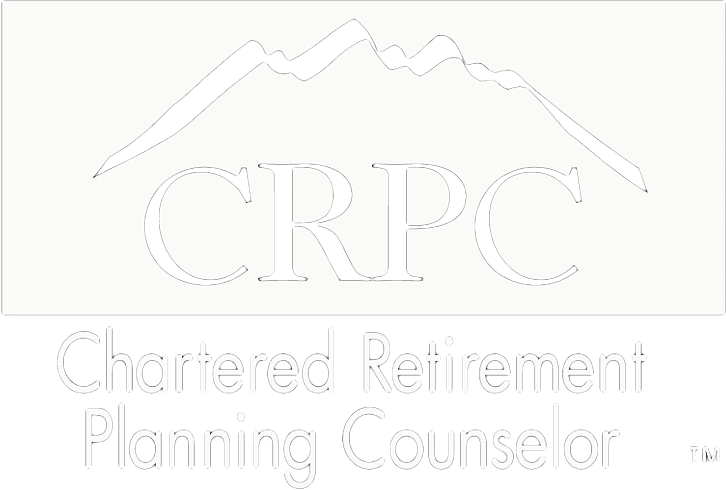
Individual retirement arrangements (IRAs) are for retirement saving, right? Absolutely. Is that their only purpose? Not necessarily.
Imagine Using an IRA to Save for a Home Purchase
This Thought Has Led Some Families to Open Custodial Roth IRAs
The annual contribution limit for IRAs is $6,000 (this limit may be adjusted upward in future years due to inflation). Now, say your kid has made $4,000 from freelance web design or serving lattes at the local coffeehouse... or working at your business. All $4,000 could go into that IRA. The amount your child accumulates may vary, of course, but whatever the amount, it may benefit from potential compounding over the next several years.3
You might want to consider this as a possible use for an IRA or Roth IRA.
What About Taxes That Come with Withdrawing Money?
Contributions to Roth IRAs are made with after-tax dollars. If you withdraw only contributions from a Roth IRA, then there is no additional tax due. Additionally, if the account is at least five years old, up to $10,000 of earnings in the account may be withdrawn without being taxed, as long as the withdrawn amount is used for a first-time home purchase. This only applies if the Roth IRA owner has not bought a home in the past two years. In doing this, you can avoid the 10% tax penalty that is normally associated with withdrawing assets from a Roth IRA before age 59½.1,4
For traditional IRAs, up to $10,000 in the account may be withdrawn without a 10% penalty as long as the withdrawn amount is used for home purchase, but the withdrawal will still be taxed. The $10,000 limit is a lifetime limit, and is for first-time home purchases only.
Plans May Change
When a child turns 18 (or 21, in some states), a custodial IRA started on their behalf is no longer custodial. They are now the legal owner of that IRA. In the future, will the idea of using IRA funds to buy real estate seem worthwhile? Maybe, maybe not.5
That young adult who now owns the account may elect to keep contributing to the IRA and use it as a retirement savings account. Or maybe the IRA is suddenly drained to enable the purchase of a new truck, fund a year abroad, or pay for college. Choices will emerge, and parents and grandparents must be mindful of them. Also, when you withdraw assets from a tax-advantaged account, you are reducing not only the account balance, but the account’s potential degree of compounding for the future as well.
Remember that a traditional IRA offers tax deferral on any earnings in the account. Qualified withdrawals of earnings from a Roth IRA are tax-free. Withdrawals of earnings from an IRA prior to age 59½ (and prior to the account being opened for five years for Roth IRAs) may result in a 10% penalty. Limitations and restrictions may apply. Also, tax rules are constantly changing, and there is no guarantee that the tax treatment of traditional or Roth IRAs will remain the same.
If you would like guidance on saving for retirement or a home purchase, or anything else, for yourself or your children, feel free to...
This content is developed from sources believed to be providing accurate information. The information in this material is not intended as investment, tax, or legal advice. It may not be used for the purpose of avoiding any federal tax penalties. Please consult legal or tax professionals for specific information regarding your individual situation. The opinions expressed and material provided are for general information, and should not be considered a solicitation for the purchase or sale of any security. Digital assets and cryptocurrencies are highly volatile and could present an increased risk to an investors portfolio. The future of digital assets and cryptocurrencies is uncertain and highly speculative and should be considered only by investors willing and able to take on the risk and potentially endure substantial loss. Nothing in this content is to be considered advice to purchase or invest in digital assets or cryptocurrencies.
Enjoying Escient Financial’s Insights?
The weekly newsletter is usually delivered to your email inbox Friday or Saturday, and includes:
- the latest Escient Financial Insights articles
- a brief of the week's important news regarding the markets
- recommended third-party reads
- selected Picture of the Week
Escient Financial does NOT sell subscriber information. Your name, email address, and phone number will be kept private.
















